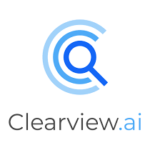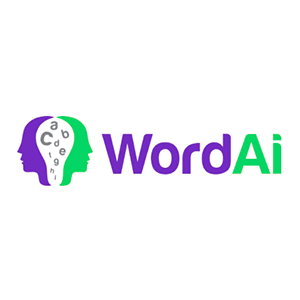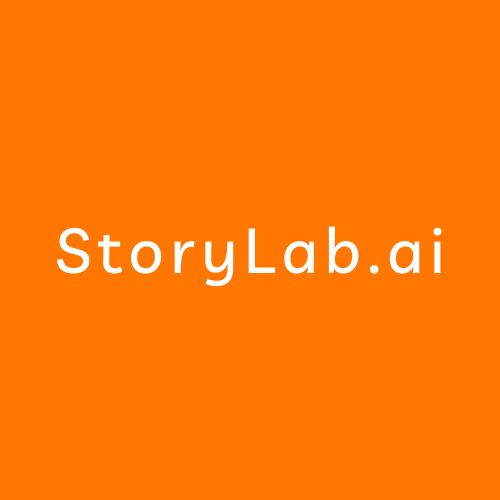OpenAI today. announced a new AI-powered search engine prototype called SearchGPT. This move marks the company’s entry into the competitive search engine market, which Google has dominated for decades. OpenAI described SearchGPT on its website as “a temporary prototype of new AI search features that give you fast and timely answers with clear and relevant sources.” The company plans to test the product with 10,000 initial users and then integrate it into ChatGPT after gathering feedback.
Growing Competition in AI-Powered Search
The launch of SearchGPT comes amid rising competition in the AI-powered search landscape. Google, the world’s leading search engine, recently began incorporating AI capabilities into its platform. Other startups, such as the Jeff Bezos-backed Perplexity, have also aimed to challenge Google and have marketed themselves as “answer engines” that utilize AI to summarize internet content.
Controversies and Challenges
The rise of AI-powered search engines has not been without controversy. Last month, Perplexity faced criticism for summarizing stories from Forbes and Wired without adequate attribution or backlinks, as well as ignoring robots.txt directives. Earlier this week, Wired publisher Condé Nast reportedly sent a cease and desist letter to Perplexity, accusing it of plagiarism.
OpenAI’s Collaborative Approach
In response to these challenges, OpenAI appears to be taking a more collaborative approach with SearchGPT. The company’s blog post emphasizes that the prototype was developed in partnership with various news organizations. It includes quotes from the CEOs of The Atlantic and News Corp, two of the many publishers with whom OpenAI has struck licensing deals.
“SearchGPT is designed to help users connect with publishers by prominently citing and linking to them in searches,” the company’s blog post states. “Responses have clear, in-line, named attribution and links so users know where information is coming from and can quickly engage with even more results in a sidebar with source links.” OpenAI also noted that publishers would have control over how their content is presented in SearchGPT and can opt out of having their content used for training OpenAI’s models while still appearing in search results.
SearchGPT Features and User Interface
SearchGPT’s interface features a prominent textbox asking users, “What are you searching for?” Unlike traditional search engines like Google that provide a list of links, SearchGPT categorizes results with short descriptions and visuals. This design aims to offer a more user-friendly and informative experience, helping users find the information they need quickly and easily.
The prototype is currently available to a limited number of users. OpenAI plans to test SearchGPT with 10,000 initial users to gather feedback before rolling it into ChatGPT. This phased approach allows the company to refine the product based on user input and ensure it meets their needs effectively.
Conclusion
OpenAI’s entry into the search engine market with SearchGPT signals a significant shift in the industry. By leveraging AI to provide fast and relevant answers with clear sources, OpenAI aims to set a new standard for search engines. The collaborative approach with publishers and the focus on user experience could position SearchGPT as a formidable competitor to established players like Google.
See also: AI, Creativity And Digital Frontiers Conference 2024


















